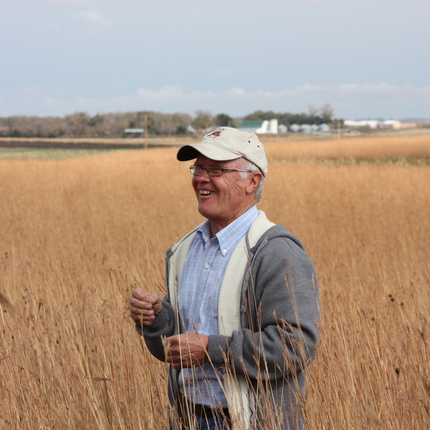By Kate Hansen, former staff member
Across rural America, we have eased into new norms and routines. Each of us is attending to the impacts of COVID-19 on our friends, families, and communities as we reflect on these unprecedented times.
All farmers and ranchers manage risk to sustain their operations. For many, crop insurance is an important tool in doing so. But, for organic farmers in particular, the options available to insure their crops may not always be clear.
Over the past few months, I have been diving into the details of organic crop insurance, and am proud to announce a new guide designed to answer farmers’ questions on the topic.
Organic options for crop insurance have changed considerably in the past decade. For example, more than 80 certified organic crops can now be insured at organic prices. But, while federal programs have grown and improved, a sizable percentage of organic crops still go uninsured. Through conversations with dozens of organic farmers and industry experts, we found one way we could help address this was by creating educational materials.
Throughout this process, I have had the pleasure of interviewing 14 knowledgeable individuals—seven organic farmers and seven crop insurance agents. From an Iowa crop insurance agent who focuses on organic, to a veteran organic farmer in Nebraska who is also a crop adjuster, each person I spoke with had a unique insight on the topic.
I am excited to share our findings in a new downloadable guide, which details helpful information about the crop insurance process, as shared by farmers and agents.
“Conversations from the Field: Crop Insurance for Organic Operations” addresses a range of questions, from “How do I find an agent?” to “How can I insure my crops at contract prices?”
Numerous valuable points are made in this resource, but the most important thing is the information gets in the hands of those who would benefit from it—and as many as possible.
If you are interested in learning more about organic insurance, getting your hands on a copy of the guide, or simply sharing your thoughts about crop insurance, please reach out to us at [email protected] or 402.687.2100. Similarly, if you know any farmers who would be interested in learning more about insuring organic crops, please send them my information.
For most crops in the Midwest, the deadline to sign up for crop insurance is March 15. My hope is that well before this year’s deadline, we can get this information in as many hands as possible, and continue the conversation about organic crop insurance.
Feature photo: This month, the Center for Rural Affairs released a guide on organic options for crop insurance addressing questions answered by both farmers and agents, including Carmen Fernholz, top photo, a farmer in southwest Minnesota, and Megan Vaith, bottom photo, a crop insurance agent based in southeast South Dakota. | Photos submitted. Carmen's photo courtesy of Water Resources Center, Minnesota State University, Mankato.






